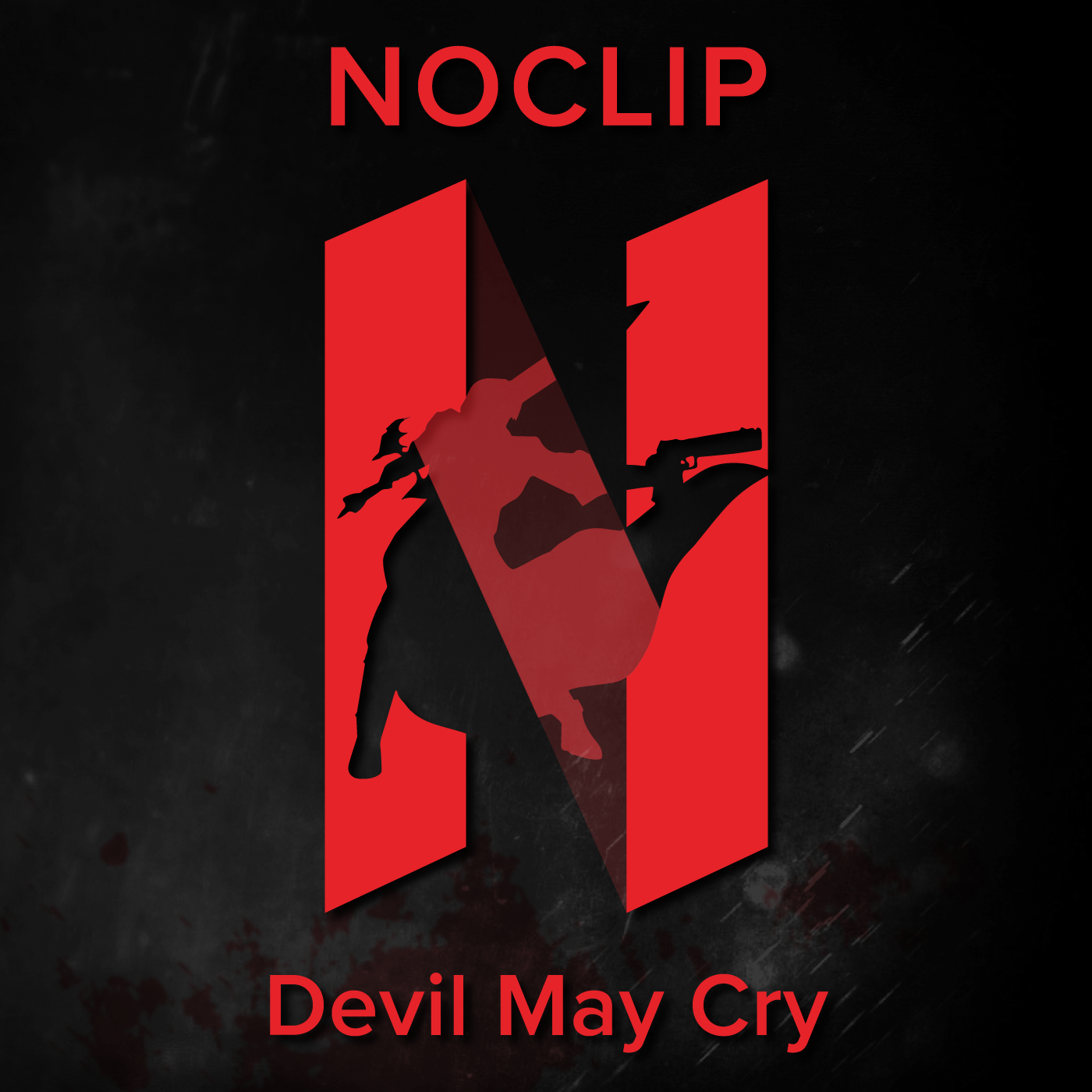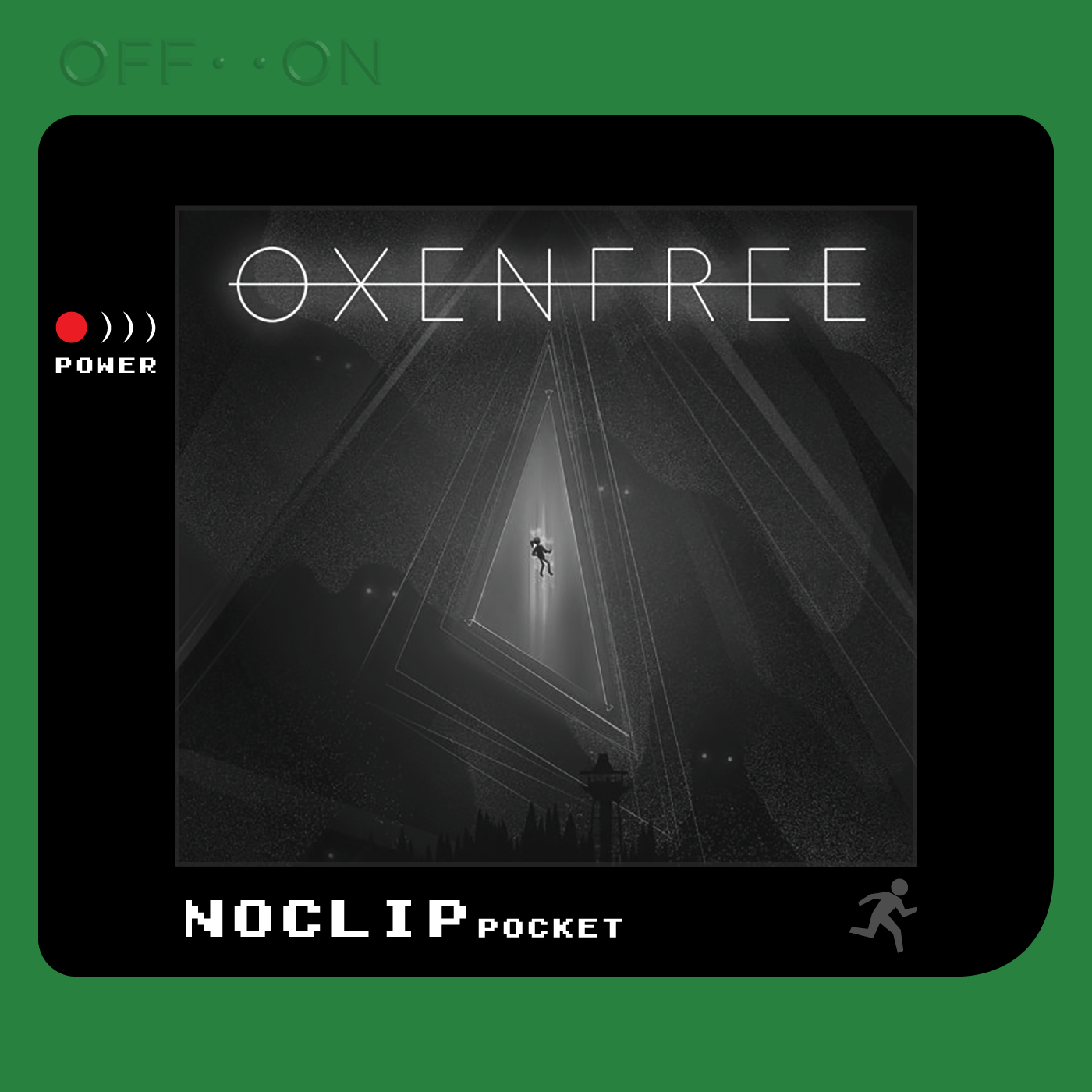POD: By casting this spell, the caster may talk about video games weekly.
Welcome back to the podcast! Today, we’re going to be talking about Sorcery!, a game based on a series of choose-your-own-adventure books created by Steve Jackson that seek to emulate the experience of a traditional tabletop RPG in a single player format. The task of adapting these books falls to Inkle, the developer of previous podcast game Heaven’s Vault, and it somehow feels so natural I’m surprised I haven’t seen more of these types of books adapted in a similar way. Between the flowery language, some of which was taken directly from the books and others which have been invented for the game, the implementation of the spellcasting system and the beautiful visual presentation of the maps and characters, it really makes you feel like you just hopped on Roll20 with your GM for a weird one-on-one session of an RPG. Not to say that the game doesn’t have its shortcomings, but even as it drags in some places and can feel a little cheap at times (though the pain of getting killed unexpectedly is lessened significantly by the generous retry system), the novelty of it makes it worth checking out anyway. We’re going to be talking about the pushback that your typical player will feel against being able to rewind at any time, how spellcasting works and how it allows for interesting solutions to the game’s problems, and how, if it is in any way, this is like a Jumanji.
Thank you for joining us again this week! This game has been out for some time, and the books it’s based on have been around for almost forty years, but we couldn’t help but play it once we heard about it. Are you an RPG-er (a godless servant of the magiks), and does this game tickle the same fancies that playing D&D or whatever flavor of TTRPG you jive with does? Let us know down in the comments or over on our discord! I realize we are hurtling toward October at this point and it represents a big month for us typically, so to get in the mood, let’s talk about a game that falls more on the unsettling side and less as outright horror. Next time, we’re going to be talking about Limbo! (I’m just excited, this game doesn’t also have an exclamation point in its name) Which, of course, is the breakout game from Playdead, whose later game, Inside, we already covered what feels like a million years ago, so we hope you’ll join us then.





















